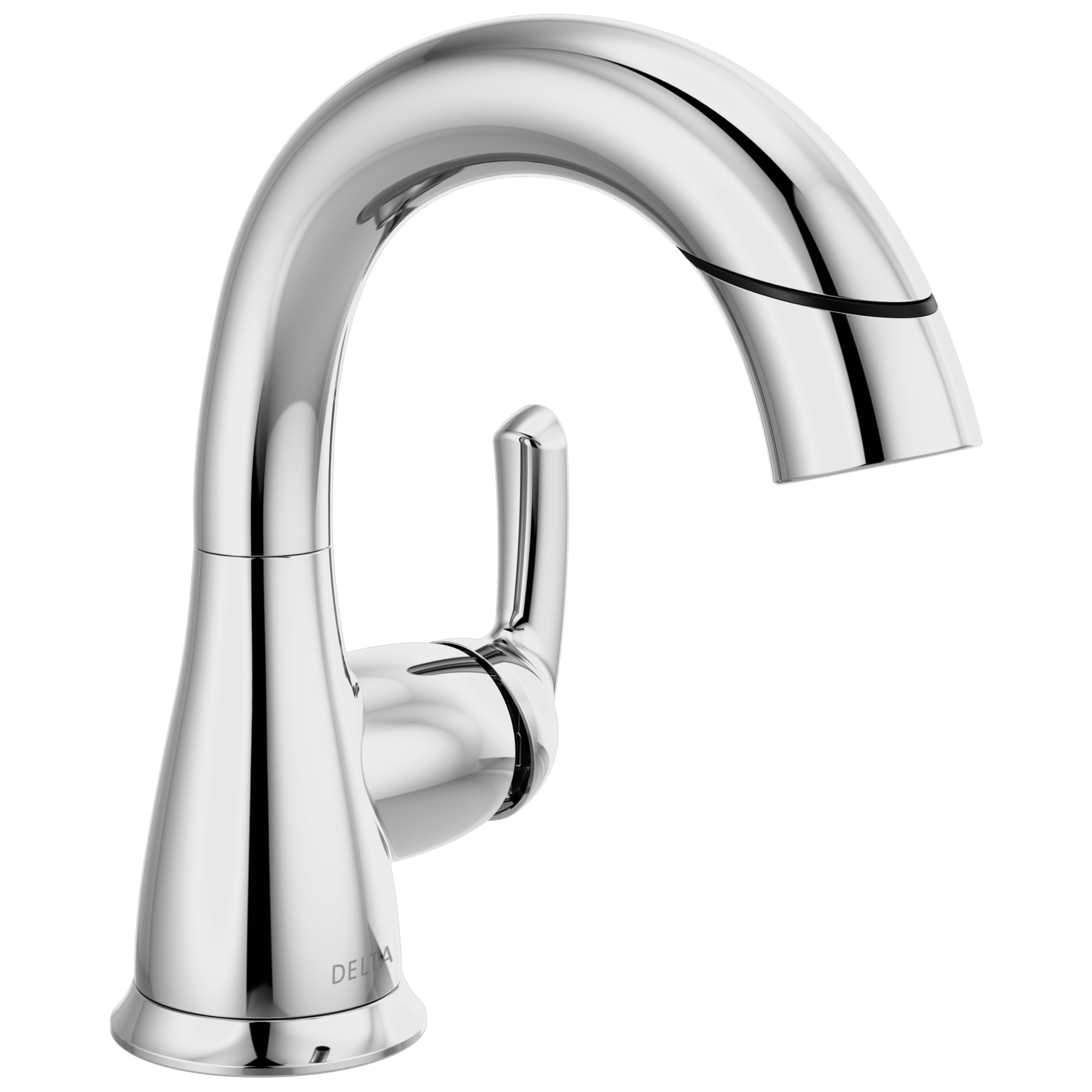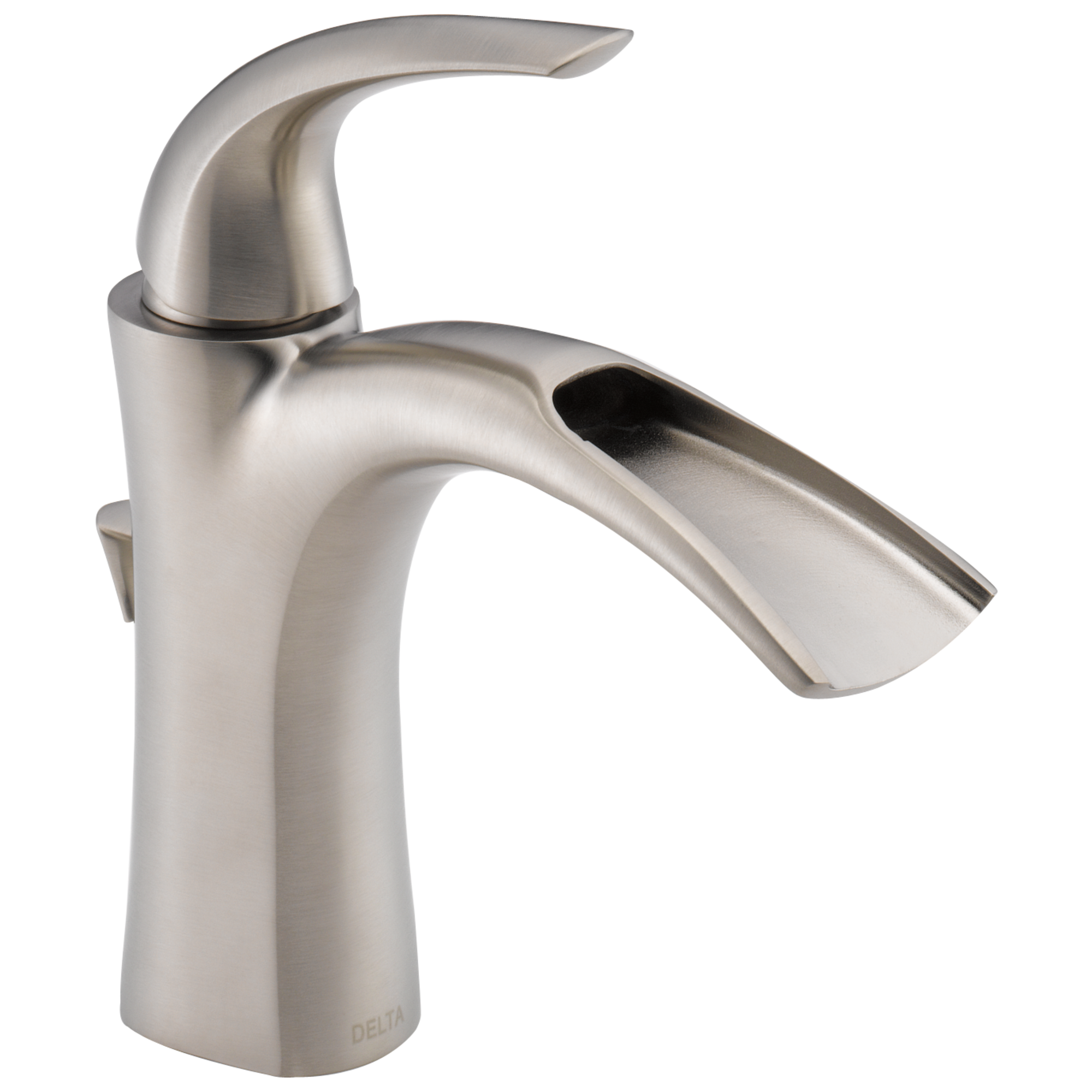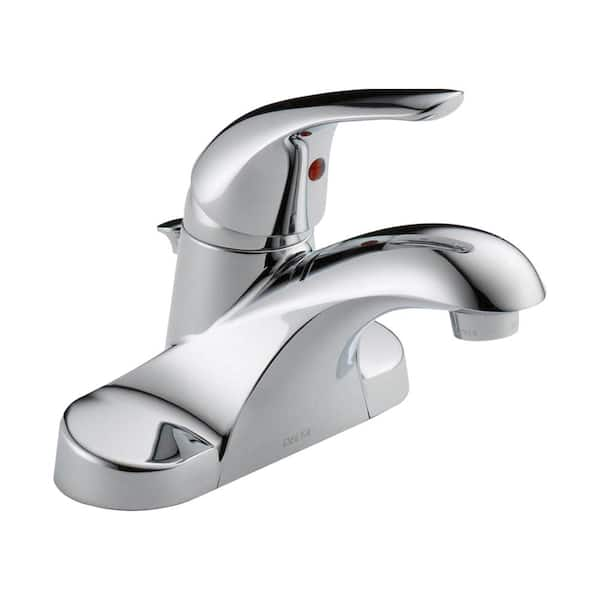Single control bathroom faucets have become increasingly popular due to their sleek design, ease of use, and efficient water management. These faucets are characterized by a single lever that controls both the water flow and temperature, providing a modern and streamlined look for any bathroom. Let’s discuss the benefits of single control bathroom faucets, design and installation considerations, maintenance and care tips, and their impact on water efficiency. Additionally, we will discuss common mistakes to avoid and address frequently asked questions about single control bathroom faucets.
Benefits of Single Control Bathroom FaucetsSingle control bathroom faucets offer numerous advantages that make them a preferred choice for many homeowners and designers.
- Ease of Use: One of the primary benefits of single control faucets is their simplicity and ease of use. The single lever design allows users to adjust both water flow and temperature with one hand, making it convenient for daily use. This is particularly beneficial for individuals with limited mobility or those who prefer a streamlined operation.
- Space-Saving Design: Single control faucets are typically more compact than traditional two-handle faucets, making them an excellent choice for smaller bathrooms or minimalist designs. The reduced footprint of these faucets allows for more countertop space, enhancing the overall functionality and aesthetic appeal of the bathroom.
- Modern Aesthetic: The sleek and modern design of single control faucets adds a contemporary touch to any bathroom decor. These faucets are available in various finishes, such as chrome, brushed nickel, and matte black, allowing homeowners to match their faucets with other bathroom fixtures and accessories seamlessly.
- Water Efficiency: Single control faucets often come equipped with features that promote water efficiency. Many models include aerators that mix air with water to maintain a strong flow while using less water. Additionally, the precise control over water temperature and flow helps prevent wastage, contributing to overall water conservation efforts.
Design and Installation Considerations
When selecting and installing a single control bathroom faucet, several design and installation factors should be considered to ensure optimal performance and aesthetic alignment with the bathroom.
Style and Finish: Choosing the right style and finish for the faucet is crucial to complement the overall bathroom decor. Single control faucets are available in various styles, from sleek and modern to classic and traditional. Finishes such as polished chrome, brushed nickel, and oil-rubbed bronze provide different aesthetic effects, allowing homeowners to select a faucet that best suits their taste and bathroom theme.
Mounting Options: Single control faucets can be mounted in several ways, including deck-mounted, wall-mounted, and vessel-mounted options. Deck-mounted faucets are installed on the sink or countertop, while wall-mounted faucets are attached to the wall, providing a unique and space-saving solution. Vessel-mounted faucets are designed for use with vessel sinks, offering a striking and modern appearance.
Compatibility with Sink and Plumbing: Before purchasing a single control faucet, it is essential to ensure compatibility with the existing sink and plumbing setup. The faucet’s spout height and reach should be appropriate for the sink size and design to prevent splashing and ensure comfortable use. Additionally, checking the plumbing connections and ensuring they align with the faucet’s specifications will help avoid installation issues.
Professional Installation: While many single control faucets come with detailed installation instructions, hiring a professional plumber for installation is recommended. A professional can ensure that the faucet is correctly installed, preventing potential leaks and ensuring optimal performance. Proper installation also includes sealing any gaps to prevent water damage and ensuring that the faucet operates smoothly.
Maintenance and Care Tips
Proper maintenance and care are essential to ensure the longevity and performance of a single control bathroom faucet. Regular upkeep can prevent common issues and maintain the faucet’s appearance and functionality.
Regular Cleaning: Cleaning the faucet regularly with a mild soap and water solution helps prevent the buildup of grime, mineral deposits, and soap scum. Avoid using abrasive cleaners or harsh chemicals, as these can damage the faucet’s finish. For stubborn spots or mineral buildup, a mixture of vinegar and water can be effective.
Inspecting and Replacing O-Rings: O-rings are essential components that prevent leaks in the faucet. Over time, these rubber seals can wear out and cause dripping or leaks. Regularly inspecting the O-rings and replacing them as needed can prevent water wastage and potential damage to the faucet and surrounding areas.
Addressing Drips and Leaks: If the faucet starts to drip or leak, it is essential to address the issue promptly. Common causes of leaks include worn-out cartridges or damaged O-rings. Replacing these components is usually straightforward and can be done with basic tools. If the problem persists, consulting a professional plumber may be necessary.
Maintaining the Aerator: The aerator is a small screen located at the tip of the faucet spout that helps control water flow and reduce splashing. Over time, mineral deposits can clog the aerator, reducing water pressure and flow. Regularly removing and cleaning the aerator can ensure optimal water flow and efficiency. Soaking the aerator in vinegar can help dissolve mineral buildup.
Impact on Water Efficiency
Single control bathroom faucets play a significant role in promoting water efficiency, which is crucial for conserving natural resources and reducing utility bills.
Precise Temperature Control: The single lever design allows for precise control over water temperature, reducing the time it takes to achieve the desired temperature. This helps minimize water wastage, as users do not need to let the water run for extended periods to reach the desired warmth.
Built-In Flow Restrictors: Many single control faucets come with built-in flow restrictors that limit the amount of water that flows through the faucet. These restrictors help reduce water consumption without compromising the performance of the faucet, making them an eco-friendly choice for any bathroom.
Use of Aerators: Aerators are commonly integrated into single control faucets to enhance water efficiency. By mixing air with the water stream, aerators maintain a steady flow while using less water. This results in lower water usage and reduced energy costs for heating water, contributing to overall environmental sustainability.
Compliance with WaterSense Standards: Many single control faucets are designed to meet WaterSense standards set by the Environmental Protection Agency (EPA). WaterSense-labeled faucets use at least 20% less water than standard faucets, providing significant water savings without sacrificing performance. Choosing a WaterSense-certified faucet ensures that the product meets rigorous water efficiency and performance criteria.
Common Mistakes to Avoid
When using and maintaining single control bathroom faucets, certain mistakes can compromise their performance and longevity. Avoiding these common pitfalls can help you get the most out of your faucet.
Using Abrasive Cleaners: One common mistake is using abrasive cleaners or scouring pads on the faucet’s surface. These can scratch and damage the finish, making the faucet look worn and dull. Always use a mild, non-abrasive cleaner to maintain the faucet’s appearance.
Ignoring Leaks: Ignoring small leaks can lead to bigger problems over time. Even a minor drip can waste water and cause damage to the faucet or surrounding areas. Address leaks promptly by tightening connections or replacing worn parts.
Improper Installation: Attempting to install the faucet without the proper knowledge or tools can result in leaks and poor performance. It’s best to hire a professional plumber for installation to ensure the faucet is correctly mounted and connected.
Neglecting Regular Maintenance: Failing to perform regular maintenance can reduce the faucet’s lifespan. Regular cleaning and inspection are essential to keep the faucet in good working condition. Replace any worn-out parts as needed to maintain optimal performance.
Single control bathroom faucets offer several benefits, including ease of use, space-saving design, modern aesthetic, and improved water efficiency. The single lever design allows users to control both water flow and temperature with one hand, making it convenient and user-friendly. Additionally, their compact size makes them ideal for small bathrooms or minimalist designs.
How do I choose the right single control faucet for my bathroom?When choosing a single control faucet, consider factors such as style, finish, mounting options, and compatibility with your existing sink and plumbing. Select a style and finish that complements your bathroom decor, whether it’s modern, traditional, or transitional. Ensure the faucet’s spout height and reach are appropriate for your sink to prevent splashing and ensure comfortable use.
Can I install a single control faucet myself?While some homeowners may choose to install their single control faucets themselves, professional installation is recommended to ensure optimal performance and prevent issues such as leaks. A professional plumber can handle the complexities of plumbing connections and mounting, ensuring the faucet is correctly installed.
How do I maintain my single control faucet?Maintaining a single control faucet involves regular cleaning with a mild soap and water solution, avoiding abrasive cleaners, and inspecting and replacing worn-out parts such as O-rings and cartridges. Regularly clean the aerator to ensure optimal water flow and efficiency. Address any leaks or drips promptly to prevent further damage.
Are single control faucets water-efficient?Yes, single control faucets are generally water-efficient, often featuring built-in flow restrictors and aerators that reduce water consumption without compromising performance. Many single control faucets meet WaterSense standards set by the Environmental Protection Agency (EPA), using at least 20% less water than standard faucets while maintaining performance.
Delta Faucet Arvo Single Hole Bathroom Faucet Brushed Nickel, Single Handle Bathroom Faucet, Bathroom Sink Faucet, Drain Assembly Included, SpotShield
Mainstays 4″ Centerset Single Handle Bathroom Faucet with Pop-Up Assembly in Chrome
Single Handle Bathroom Faucet
Delta Faucet Modern Single Hole Bathroom Faucet, Single Handle Bathroom Faucet Chrome, Bathroom Sink Faucet, Drain Assembly, Chrome 581LF-PP
Delta Foundations 4 in. Centerset Single-Handle Bathroom Faucet in
- Fix Dripping Bathroom Faucet
- Bathroom Faucet In Wall
- Grohe Bridgeford Bathroom Faucet
- Kohler Cross Handle Bathroom Faucet
- Antique Polished Brass Bathroom Faucets
- Old Bathroom Faucet Repair
- How To Remove Bathroom Faucet Stem
- Old Fashioned Bathroom Faucet
- How To Clean Brass Bathroom Faucets
- Moen Dual Handle Bathroom Faucet Repair










